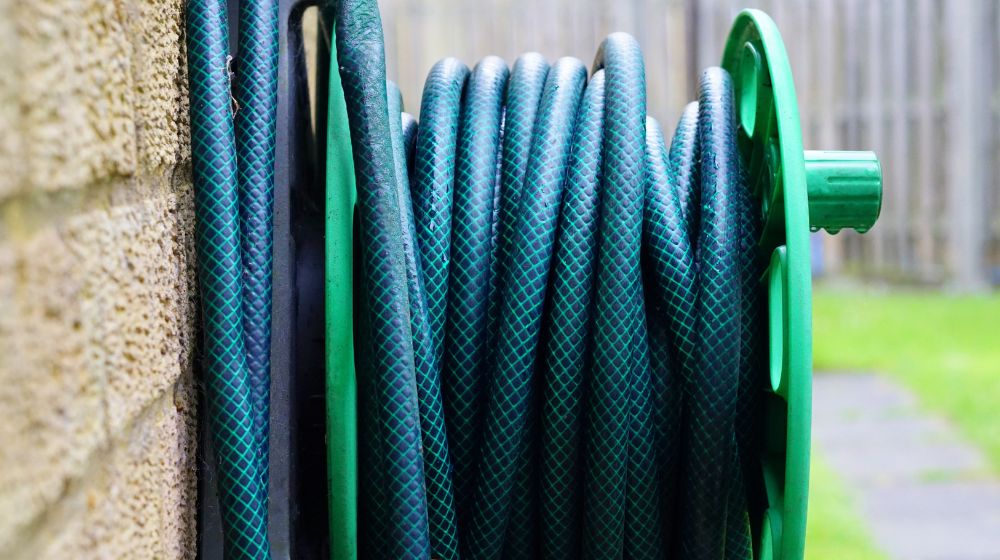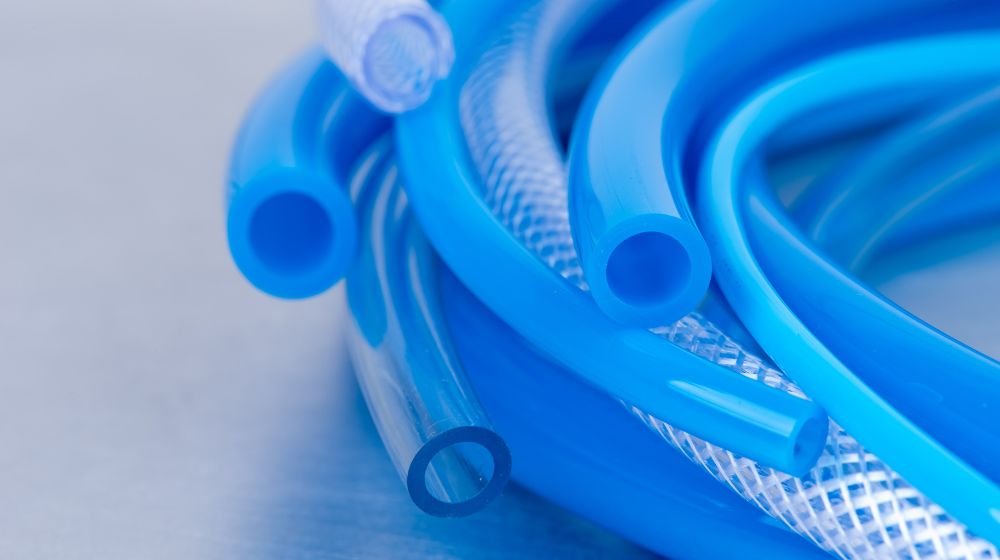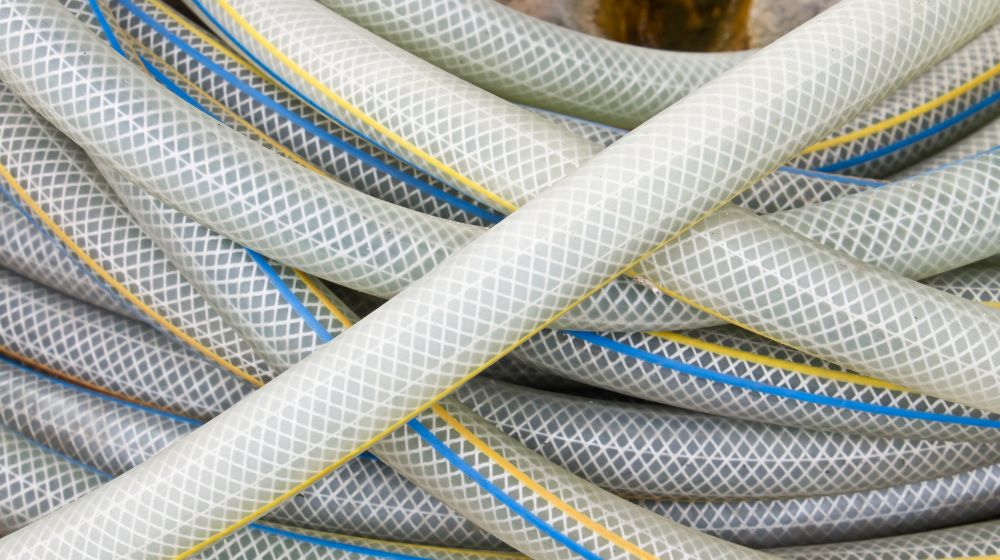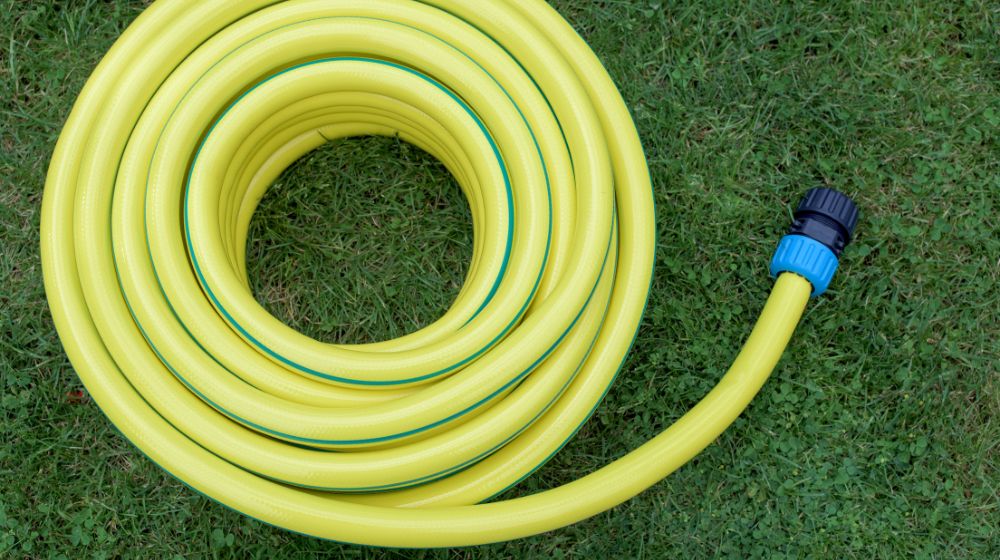

Nas áreas de irrigação agrícola, produção industrial, processamento de alimentos e equipamentos médicos que exigem transmissão de fluidos, a mangueira é um componente essencial, e seu desempenho estável está diretamente relacionado à segurança e eficiência de todo o sistema. Diferentes cenários de uso exigem diferentes requisitos de desempenho para mangueiras, por isso, surgiram mangueiras personalizadas. Elas permitem não apenas selecionar os materiais e estruturas mais adequados de acordo com os cenários de uso específicos, mas também garantir confiabilidade e durabilidade em uso a longo prazo, além de garantir a segurança e a eficiência da operação do sistema.
Então, como escolher a mangueira que melhor se adapta às suas necessidades de aplicação entre os diversos materiais? Este artigo analisará sistematicamente os fatores que precisam ser considerados na seleção de mangueiras personalizadas, além de comparar e aplicar os materiais mais comuns.
Diferentes materiais têm diferentes tolerâncias à temperatura.
Por exemplo, o PVC é adequado para uso em ambientes com temperaturas normais, pois pode se tornar quebradiço ou macio em ambientes com temperaturas altas ou baixas. O silicone pode ser usado em ambientes com temperaturas extremas de -60 °C a 200 °C e é adequado para a transmissão de vapor de alta temperatura ou meios congelantes.
Portanto, o primeiro passo na seleção do material é determinar a faixa de temperatura do ambiente de aplicação.
As propriedades do meio transportado na mangueira determinam a compatibilidade química do material, portanto este também é um fator importante a ser considerado.
Se o meio a ser transportado for óleo, combustível, etc., então NBR ou borracha fluorada com boa resistência a óleo devem ser selecionados para fazer a mangueira, a fim de evitar vazamentos ou afetar a eficiência da transmissão do meio.
Para o transporte de líquidos corrosivos, como ácidos, álcalis ou solventes orgânicos, é recomendável escolher borracha EPDM ou PTFE com excelente resistência química.
Se o meio transportado for água potável ou alimentos, será necessário selecionar materiais de PVC ou silicone que atendam aos padrões de qualidade alimentar (como certificação FDA e NSF).
De acordo com os diferentes meios de transporte, é crucial selecionar o material de mangueira correspondente, o que pode garantir a segurança e a eficiência da transmissão.
A seleção dos materiais da mangueira também precisa considerar a pressão de trabalho do ambiente de aplicação.
Para sistemas de alta pressão, como equipamentos hidráulicos, reforçados mangueiras de borracha Devem ser utilizadas mangueiras com camadas de fios de aço. Para sistemas de aplicação de pressão negativa ou sucção, como sistemas de vácuo industriais, devem ser consideradas mangueiras reforçadas em espiral com bom desempenho anticolapso.
A mangueira possui excelente flexibilidade, o que a torna amplamente utilizada em aplicações com espaços estreitos. Por exemplo, Mangueira de PU não só tem boa flexibilidade, mas também forte resistência ao desgaste e é uma escolha comum de mangueira em máquinas automatizadas.
Para uso externo ou de longo prazo, a resistência aos raios UV e ao ozônio dos materiais da mangueira é particularmente importante. A borracha EPDM apresenta excelentes propriedades antienvelhecimento e, portanto, pode ser amplamente utilizada em sistemas de refrigeração automotivos e equipamentos para áreas externas.
As indústrias de processamento de alimentos, equipamentos médicos e farmacêuticas possuem requisitos rigorosos de higiene e segurança para materiais de mangueiras. Por exemplo, mangueiras de silicone que atendem às certificações FDA e USP são muito adequadas para sistemas de aplicação de alta limpeza, como sistemas de infusão e ventiladores.
A seguir, uma comparação das características de vários materiais comuns de mangueiras e os setores para os quais elas são adequadas.
Propriedades do material: O PVC é um material plástico amplamente utilizado com boa transparência, leveza e vantagens de custo. É altamente resistente à corrosão e adequado para a maioria dos líquidos neutros e produtos químicos em geral. Pode ser moldado com flexibilidade em aplicações de mangueiras, com cores opcionais e uma aparência elegante e bonita. O PVC também possui boa resistência mecânica e isolamento, tornando-o adequado para diversos cenários de aplicação diária.
Cenários aplicáveis: Mangueiras de PVC são comumente utilizados em tubulações de água residenciais, irrigação agrícola, jardinagem, aquários e sistemas industriais de distribuição de baixa pressão em geral. São adequados para ambientes onde a temperatura do fluido não varia muito e os requisitos de resistência e durabilidade da mangueira são moderados.
Desvantagens e sugestões de seleção: O PVC amolece facilmente em altas temperaturas e se torna quebradiço em ambientes de baixa temperatura. Não é adequado para uso prolongado em áreas com água quente ou fria. Se for usado em climas extremos ou em tubulações com passagem de água quente, outros materiais mais resistentes à temperatura devem ser considerados.

Propriedades do material: A mangueira de silicone possui excelente desempenho em altas temperaturas e segurança alimentar. Sua faixa de resistência ao calor é geralmente de -50°C a 200°C, com boa maciez e resiliência. O material é atóxico e inodoro, não libera substâncias nocivas e é particularmente adequado para ambientes que exigem saneamento básico ou biocompatibilidade. É um dos materiais ideais para as indústrias médica e alimentícia.
Cenários aplicáveis: Amplamente utilizado em cateteres médicos, equipamentos de processamento de alimentos e bebidas, equipamentos de laboratório, tubulações biofarmacêuticas e outras indústrias. Também é adequado para situações que exigem resistência a altas temperaturas, desinfecção frequente ou requisitos de higiene extremamente elevados.
Desvantagens e sugestões de seleção: O custo dos materiais de silicone é relativamente alto e sua resistência à pressão é média em cenários de alta pressão. Se a pressão do meio de transporte for alta, recomenda-se escolher uma mangueira de silicone reforçada ou um projeto estrutural com reforço de camada trançada externa.
Propriedades do material: O NBR possui excelente resistência ao óleo e pode permanecer em contato com líquidos de petróleo, como gasolina, diesel, óleo hidráulico, etc., por um longo período sem dilatação ou corrosão. Também possui boa resistência ao desgaste e um certo grau de resistência ao calor (geralmente até cerca de 100 °C). Possui boas propriedades mecânicas e forte resistência ao rasgo e à deformação por compressão.
Cenários aplicáveis: Comumente utilizado em sistemas que entram em contato com fluidos oleosos, como tubulações de combustível automotivo, sistemas de óleo, máquinas de engenharia e equipamentos de lubrificação. É também um material ideal para sistemas hidráulicos industriais e conexões de bombas de óleo.
Desvantagens e sugestões de seleção: A NBR não é resistente ao ozônio, é propensa a envelhecimento e rachaduras e não é adequada para exposição prolongada à luz solar ou aos raios ultravioleta fortes. Se usada em ambientes externos, considere adicionar um revestimento antienvelhecimento à camada externa ou opte por uma mangueira de estrutura composta.

Propriedades do material: O EPDM possui boa resistência à água quente, ácidos e álcalis, além de resistir ao envelhecimento, além de resistir à corrosão causada pelo vapor e pela maioria dos produtos químicos. O material em si possui boa elasticidade e longa vida útil, sendo estável sob altas temperaturas prolongadas ou em condições externas.
Cenários aplicáveis: Usado principalmente em tubulações de água de resfriamento de sistemas HVAC, sistemas de aquecimento solar de água, transporte de líquidos ácidos e alcalinos fracos em plantas químicas, projetos de vedação de edifícios e outros campos.
Desvantagens e sugestões de seleção: O EPDM não é resistente a óleo e deve ser evitado se a tubulação envolver óleo lubrificante ou transmissão de combustível. Quando usado para meios químicos complexos, recomenda-se testar previamente ou consultar o fabricante para confirmar a compatibilidade.
Propriedades do material: A mangueira de PU possui excelente resistência ao desgaste, maciez e alta resiliência, além de ser leve, o que a torna ideal para ambientes de automação de equipamentos. Também possui boa resistência à pressão e é adequada para cenários de média pressão.
Cenários aplicáveis: Amplamente utilizado em equipamentos de coleta de pó, sistemas de transporte de partículas, ferramentas pneumáticas e equipamentos de transmissão em fábricas automatizadas, especialmente adequado para condições de trabalho com movimento frequente, flexão ou vibração.
Desvantagens e sugestões de seleção: O PU apresenta baixa resistência à corrosão por ácidos fortes, álcalis e certos solventes. Se o meio de transporte contiver componentes corrosivos, recomenda-se a adição de um revestimento ou o uso de uma mangueira química especial. Para o transporte de poeira em ambiente eletrostático, uma mangueira de PU condutiva também pode ser selecionada.
Propriedades do material: O PTFE possui estabilidade química extremamente alta e resiste à corrosão de quase todos os ácidos, álcalis e solventes. Também é resistente a altas temperaturas (até 260 °C) e baixas temperaturas (-180 °C), possui boa antiaderência e um coeficiente de atrito extremamente baixo, tornando-o adequado para as tarefas de transporte mais exigentes.
Cenários aplicáveis: Adequado para o transporte de fluidos altamente corrosivos em laboratórios, plantas químicas, indústrias eletrônicas de alta pureza e farmacêuticas. Também é comumente utilizado em sistemas de gases ou líquidos com altos requisitos de limpeza.
Desvantagens e sugestões de seleção: O PTFE é relativamente caro e possui baixa flexibilidade. Não é adequado para tubulações com requisitos de raio de curvatura pequeno ou curvaturas frequentes. Se você precisa equilibrar flexibilidade e estabilidade química, pode optar por uma mangueira corrugada de PTFE ou uma estrutura com design de revestimento.
Ao escolher o material da mangueira, você precisa considerar os seguintes aspectos:
1. Propriedades do meio: Deixe claro se a mangueira transporta óleo, ácido, álcali, água, gás ou pó. Diferentes materiais são adequados para diferentes fluidos.
2. Condições ambientais: Avalie a temperatura, a pressão, o uso externo, a exposição ao sol, etc. do ambiente de uso para garantir que o material tenha a resistência às intempéries correspondente.
3. Padrões da indústria: Se usado em alimentos, medicamentos e outros campos, você precisa prestar atenção se ele está em conformidade com FDA, REACH, RoHS, NS,F e outras certificações.
4. Vida útil: Não apenas o efeito inicial, mas também o desempenho a longo prazo, como resistência ao envelhecimento e ao desgaste, deve ser considerado.
5. Aconselhamento profissional: Caso tenha alguma dúvida, você pode entrar em contato com o fabricante para obter amostras de materiais ou soluções personalizadas para reduzir o custo de tentativa e erro.

A seleção do material para mangueiras personalizadas pode parecer simples, mas tem consequências de longo alcance. A seleção correta do material pode não apenas prolongar a vida útil do produto e reduzir os custos de manutenção, como também garantir a operação segura de todo o sistema. Como fabricantes profissionais de mangueiras, recomendamos que os clientes conversem detalhadamente com os técnicos no início do projeto para garantir que cada metro de mangueira seja utilizado em todo o seu potencial e tenha um desempenho confiável.
Se precisar de amostras ou sugestões de seleção técnica, entre em contato com nossa equipe de engenharia para um atendimento individual.
